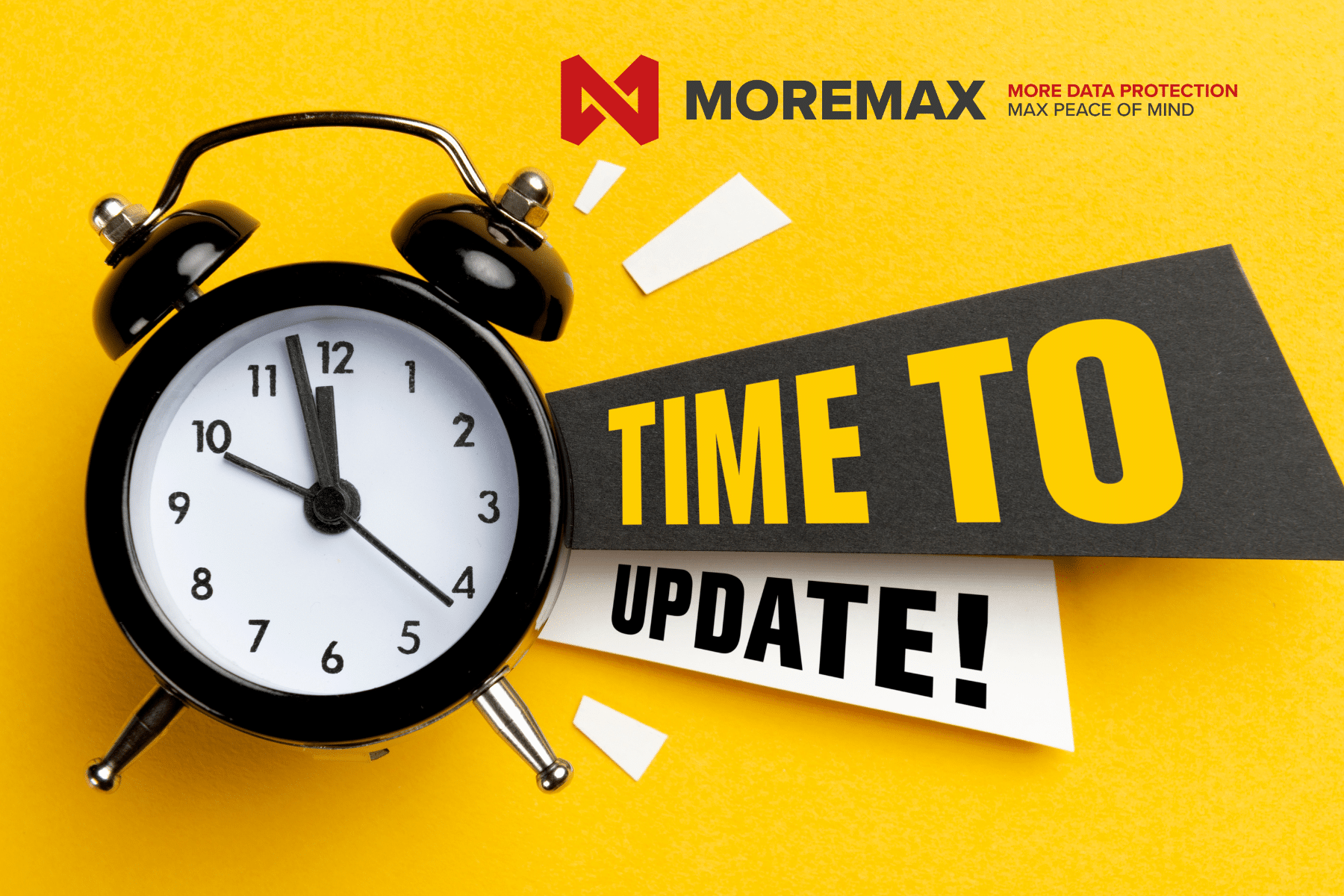
Imagine you have a secret treasure chest that you want to keep safe from pirates. You would need to follow certain rules and use special tools to make sure your treasure stays secure. Just like that, organizations have their own treasure, which is their important information. To keep this treasure safe from “cyber pirates” (hackers), businesses must adhere to compliance rules, emphasizing the importance of legal responsibilities within the corporate environment. Let’s learn more about it!
What is Compliance?
Compliance is like a rulebook that organizations follow to keep their information safe from cyber threats. These rules are crucial for any company, as adhering to various regulations helps avoid legal issues and ensures they meet regulatory standards effectively. By following these rules, organizations make sure their information stays safe and secure.
Steps to Being Compliant:
Step 1: Know the Rules
Just like knowing the rules of a game, organizations need to know the rules of compliance. They need to understand which compliance regulations apply to them and keep an eye out for any changes.
Step 2: Find the Weak Spots:
Think of your organization as a castle. Before a castle can be well defended, the king needs to know where the weak spots are. Similarly, organizations need to look for any weak spots in their security and implement the required controls to address these vulnerabilities.
Step 3: Make Rules:
Imagine if everyone in your class had a different idea of how to play a game. Chaos! To avoid this, organizations make clear rules and establish processes about how to keep information safe. They write these rules and processes down for everyone to follow.
Step 4: Protect the Treasure:
Just like putting a lock on your diary, organizations use special tools to protect their information. These tools ensure that all measures are fully compliant with specific rules and regulations, stopping cyber pirates from stealing their treasure.
Step 5: Keep Secrets Safe:
Some information is like a secret diary entry – it’s just for you to read. Organizations use special codes that comply with the latest standards to keep their secrets safe from prying eyes.
Step6: Guard the Devices:
Imagine if your phone was a castle gate and only you had the key. Organizations make sure that only trusted people can use their devices to keep their information safe. In the IT industry, the complexities involved in adhering to industry standards for device security are significant, requiring strict compliance to protect sensitive data.
Step 7: Secure the Pathways:
Picture the roads leading to a castle. Guards watch for any suspicious characters, ensuring compliance with legal and industry-mandated regulations. Organizations use special guards (software) to watch the roads to their information.
Step 8: Be Ready for Emergencies:
Just like knowing what to do in a fire drill, organizations have a plan for when something goes wrong. They practice this plan to keep everyone safe and ensure a clean conclusion in the compliance process.
Step 9: Choose Good Friends:
Imagine if pirates snuck into the castle because they were friends with the guards. Organizations only work with trustworthy friends who follow the same rules, just as they maintain close relationships with clients to ensure compliance during audits and examinations.
Step 10: Check Everything:
Think of this like a treasure hunt – except instead of finding treasure, you’re looking for any problems with your security. Organizations check everything regularly to make sure their treasure stays safe.
Step 11: Teach Everyone:
Imagine if nobody knew how to play a game – it wouldn’t be much fun! Organizations teach everyone how to keep their information safe so everyone can play their part.
Step 12: Keep Records:
Just like keeping score in a game, organizations keep records of everything they do to keep their information safe. This helps them prove they’re following the rules.
What do I need, to help me with my compliance process?
One effective way to achieve this is by connecting your devices to Microsoft Intune, a comprehensive cloud-based solution that empowers businesses to manage and secure their endpoints smoothly. Microsoft Intune is like a special wizard that helps organizations keep their treasure safe. It helps them make sure all their devices follow the rules and only trusted people can use them. Compliance policies are like spells that make sure everything is safe, while Conditional Access is like a magical gatekeeper that only lets the right people in.
Conditional Access:
Imagine you’re playing a game where you have to follow certain rules to win. Compliance policies are like those rules for keeping your information safe. They lay out exactly what needs to be done to make sure everything stays secure, like using special codes and keeping software up to date.
Now, think of Conditional Access as a helpful friend who adds an extra layer of protection. They make sure that only the right people can access the important stuff, and only under the right conditions. It’s like having a gatekeeper who checks everyone’s ID before letting them into a party!
When you put Compliance Policies and Conditional Access together, it’s like having a super strong team that works together to keep everything safe. In the world of technology, this team helps businesses manage their devices and keep their information secure, just like superheroes protecting their city.

By following these rules and using special tools like Microsoft Intune, organizations can keep their treasure safe from cyber pirates. Remember, keeping information safe is like a game – but it’s one we all need to play together!





Related Posts